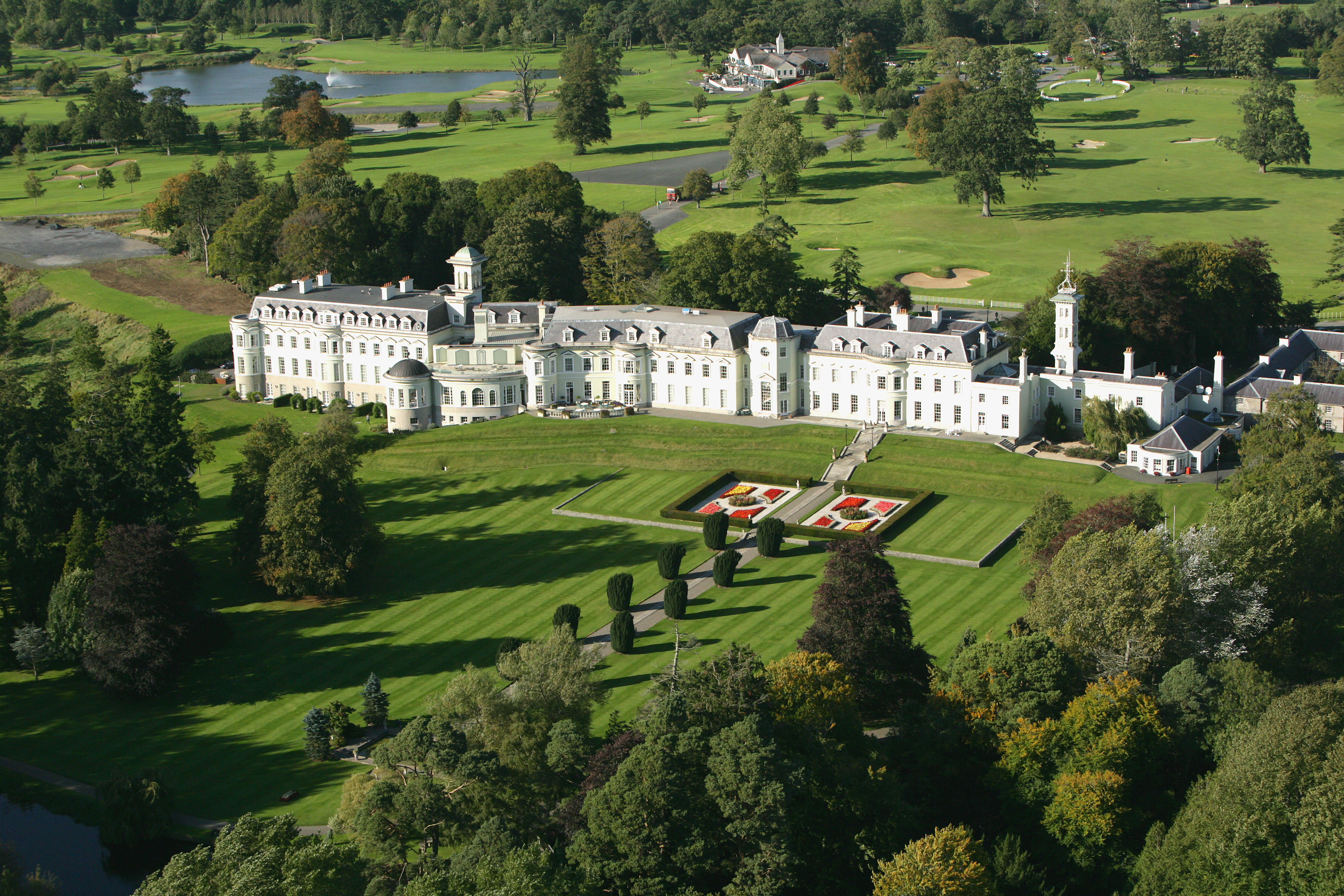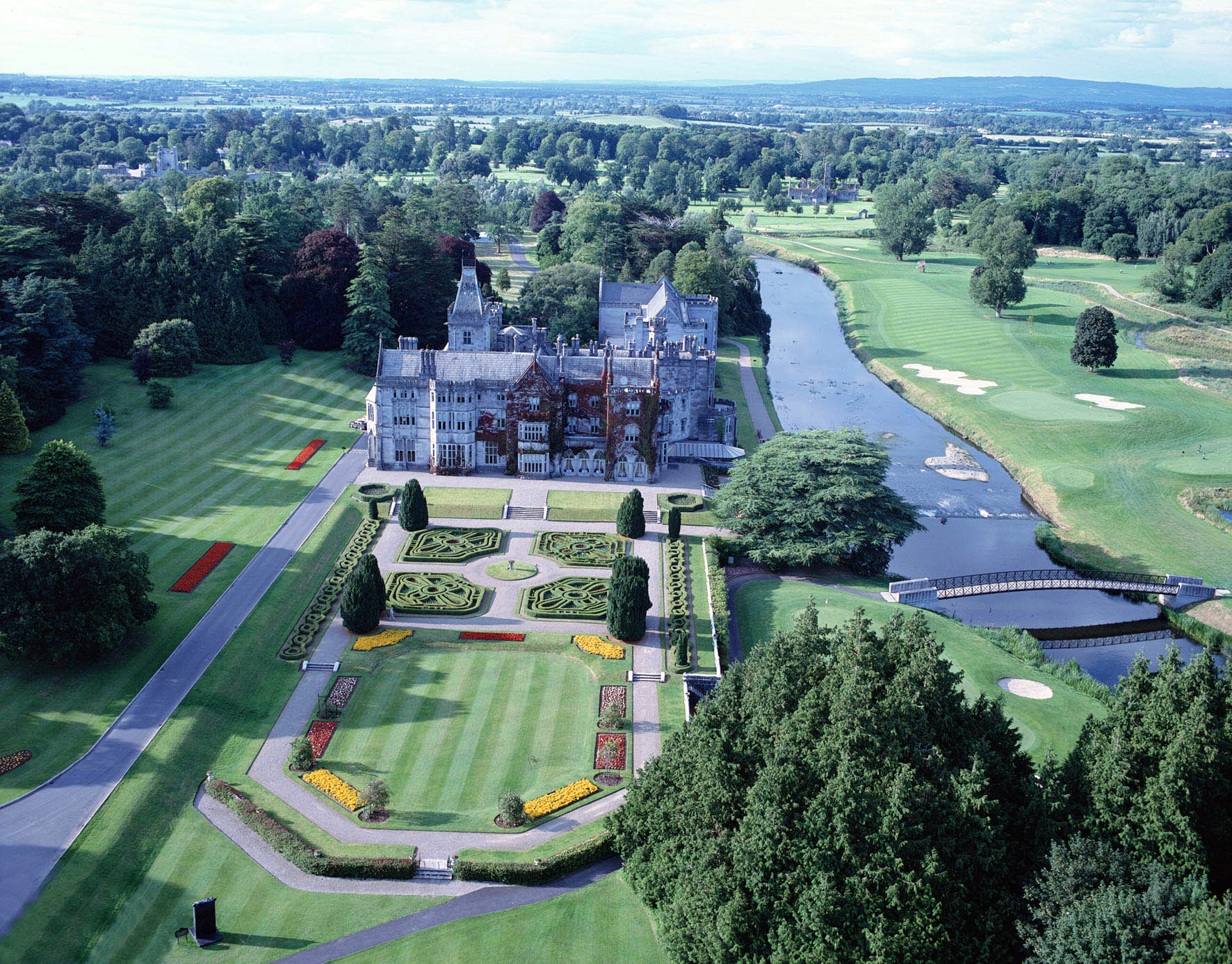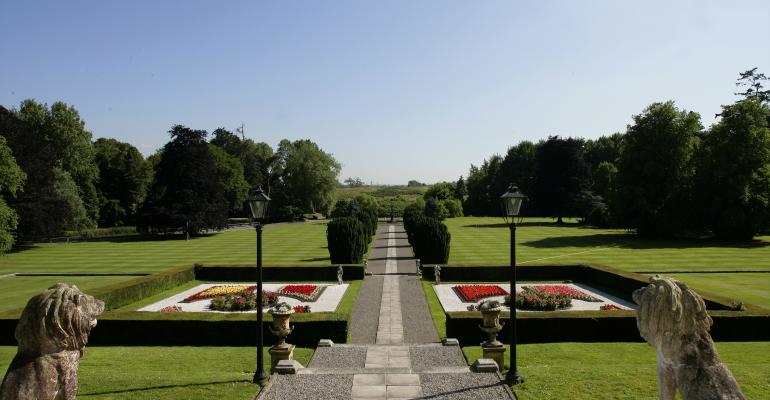It’s no coincidence that the Irish expression for welcome, céad míle fáilte, translates into “a hundred thousand welcomes.” A hearty handshake and a genuine smile come naturally to hosts on the Emerald Isle, who truly understand how to make visitors feel at home.
That attitude is but one reason to visit. For association meetings, Ireland bundles world-class, modern, and historic venues and accommodations options, scenic beauty, a colorful heritage, iconic locations, and, for both Americans and Europeans, easy access. U.S. gateways to Ireland include New York; Boston; Chicago; Philadelphia; Washington, D.C.; Charlotte; Atlanta; Orlando; and, by April 2014, San Francisco, via Aer Lingus.
Ireland also provides travelers value, in the form of a 9 percent VAT for hospitality businesses (far less than the VAT for other products), and the recent elimination of a 3-euro-per-person air travel tax. And Tourism Ireland supplies practical and financial support to associations.
Dublin, a world-class destination
The logical jumping-off point for events in Ireland is Dublin, home to a modern, centrally located convention facility and an inventory of some 20,000 hotel rooms. The glass-fronted Convention Centre Dublin opened in 2010 on the River Liffey, the city’s north-south dividing line. The world’s first carbon-neutral convention center, it offers 22 multifunction rooms; two large halls that can seat up to 1,800 and 3,040, respectively; and a 2,000-seat auditorium. The five-story facility offers free Wi-Fi throughout as well as up-to-date lighting, communications, sound, rigging, and IT capabilities.
In June 2013, a group of hotels and another convention venue, the Royal Dublin Society, launched a one-stop-shopping effort to bring international groups to the area. They can provide a package that includes hotel rooms, venues, Wi-Fi, restaurant offers, entertainment options, and transportation. RDS can host conferences of up to 6,500 delegates.
Dublin is easily navigated, and the hotels are a short walk or taxi ride to these two venues. The latest lodging development in the city includes the DoubleTree by Hilton Hotel Dublin, formerly the Burlington, with 501 guest rooms, a conference center that can accommodate up to 1,400 conference attendees, a 13,000-square-foot ballroom, and 18 meeting rooms.
• The Westin Dublin, with 163 guest rooms and suites, is centrally located across from Trinity College. The Westin was designed to incorporate vestiges of the original structure, once a bank. A standout among the 11 meeting rooms is the stunning Banking Hall, with its soaring ceilings, ornate plaster work, and four Waterford chandeliers adorned with some 8,000 crystals. It can seat up to 250 for meetings and 170 for formal dinners.
• Dubliners cherish the 188-year-old Shelbourne, now part of the Renaissance chain, adjacent to the central St. Stephen’s Green park, for its historic significance: The Irish Constitution was drafted in the hotel back in 1922. The hotel’s Horseshoe Bar is one of the city’s see-and-be-seen spots. The 265 guestrooms are scheduled for an update in 2014.
One property within a short drive of Dublin provides a very different experience.
• The legendary Kildare Hotel, Spa & Country Club, better known as the K Club, is an elegantly restored Georgian mansion estate dating to 1832. Converted to a hotel in 1991, the property houses 69 rooms and suites appointed with antiques and original art. A variety of conference and banquet spaces are tucked into the estate; the largest can accommodate up to 450 people. One of two championship golf courses at the K Club hosted the Ryder Cup in 2006, when a 20,000-square-foot spa was added. Groups can arrange fly fishing, horseback riding, target shooting, and other team-building events on the resort’s 550 acres.
Two popular tourist attractions in Dublin, the Guinness Storehouse and the Jameson Distillery, are available for group outings.
Beyond Dublin
Ireland’s other cities and regions put their own spins on the signature Irish experience.
Up north, the Belfast Waterfront Conference Centre is launching a $48 million expansion. The work will increase the capacity for plenary sessions to 2,200 attendees, banquets up to 1,000 and exhibit space to 33,000 square feet. The project is scheduled for completion in mid-2016.

A unique Belfast venue, the Titanic Belfast is an interactive tourist attraction during the day and can be rented during the evening. Also available nearby is the SS Nomadic at Hamilton Dock, the last surviving ship of the company that owned the Titanic.
In the Southwestern city of Killarney, two hotels have updated their meeting spaces recently. The Europe Hotel has added a new conference center that includes eight meeting rooms and a ballroom that can hold up to 600 delegates, along with a new spa. The Malton Hotel has upgraded its Muckross Suite, a ballroom with a capacity of up to 700 theater-style, with customizable lighting.
North of Killarney, an array of castles, manors, and resorts that provide traditional and contemporary Irish experiences dots the West Coast.
Built in 1228 on 350 verdant acres overlooking the majestic Lough (Lake) Corrib, Ashford Castle in County Mayo has hosted a long list of VIPs during its history. The 83 spacious rooms are furnished in period pieces and offer lushly outfitted luxury baths. Recreational pursuits include golf, fishing, falconry, and archery. Two meeting rooms accommodate up to 85 total, and the castle is available for buyouts.

South of Ashford, in County Limerick, Adare Manor Hotel & Golf Resort in Adare, near Limerick, is a striking Neo-Gothic estate. The main house contains 62 guest rooms, and more are scattered throughout the well-manicured grounds in townhouses and villas. Adare’s conference space can serve groups of 20 to 250 and includes the Minstrels Gallery, an imposing, church-like hall that can host special evenings and entertainment. Leisure options include golf on an 18-hole Robert Trent Jones Sr.–designed course, a spa, archery, hot-air ballooning, and fishing in the river that runs through the 840-acre estate.
Two County Clare resorts—the contemporary Lodge at Doonbeg, on the coast, and the Renaissance-era Dromoland Castle, in County Clare—present extremes in terms of style and feel. Despite their differences, they share a commitment to quality, high service levels, golf, and other outdoor pursuits, and both cater to small to medium-size groups.
When the schedule calls for some leisure time, Ireland’s charms beckon, whether it’s verdant golf courses, spas, shopping, pub crawls or sightseeing. And the food transcends the stereotypes of Irish stew, colcannon, beef, and Guinness pie. Emerging artisan producers, innovative chefs, and a focus on local specialties such as salmon, oysters, estate venison, sea vegetables, heirloom produce, and dairy products are defining modern Irish cuisine.
For more information on Ireland, watch a free, 30-minute webinar on Doing Business in Ireland, one of MeetingsNet's Global Meetings webinar series, and visit the Tourism Ireland Web site, meetinireland.com/US.





